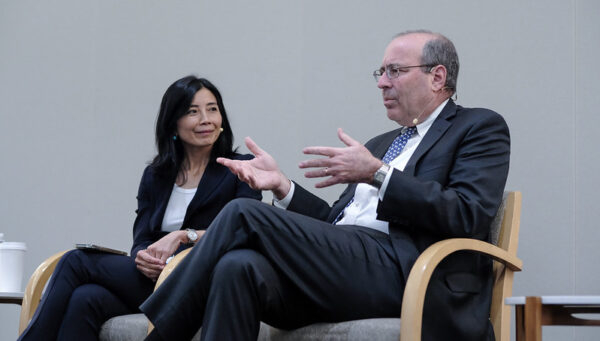Full text:
The first volume of Workforce Realigned came out a year into the COVID-19 pandemic. Along with its devasting health impact, we witnessed an unprecedented economic disruption. In the United States alone, more than 20 million people lost their jobs. The sense of urgency at that time was undeniable. The emergency demanded a swift economic recovery that would bring workers off the sidelines and ensure no one would be left behind.
The crisis has since passed, but the appetite for rethinking workforce development has not.
The labor shortage of 2021 gave us a sense of what a true imbalance in the labor market feels like. In the context of our aging workforce, this glimpse at a world where labor demand far outpaced labor supply underlined the importance of a robust, strategic workforce development pipeline. As a result, many actors in our communities — including governments, employers, and non-profits — are recommitting themselves to investing in skills training that will strengthen our economy and benefit employers and workers alike.
The remarkable labor recovery that followed the pandemic serves as a hopeful reminder that with the right conditions in place, we are capable of meaningfully bolstering our labor supply and connecting workers with jobs.
Understanding what works, and what does not, will help identify which investments will deliver the most impact. It is in this context that we share the second volume of Workforce Realigned, which builds on lessons from the first volume, detailing the next generation of shared accountability models for workforce development.
This second volume of Workforce Realigned showcases a varied collection of outcomes-driven initiatives that enhance opportunities for workers while addressing our economy’s talent demands. These initiatives stand out for tackling challenges that arise when workforce development efforts are pursued in isolation by each actor — training providers, governments, and employers, among others. By breaking down silos, these initiatives realign incentives and redistribute financial risk.
Aligning incentives with outcomes is not an unattainable goal for workforce development in the United States. The 21 case studies in this volume point the way to success: early leaders are laying a foundation, showing us what works and what needs work; ongoing innovations are pushing us forward, testing new ways to structure and fund initiatives; and new trends and opportunities inform and inspire us, helping chart the path to the future as we seek to create an economy that works for everyone amid emerging challenges.
There is widespread buy-in for investment in our future workforce. But to know where to invest, we need to know what works. And to know what works, we need to focus on outcomes.






